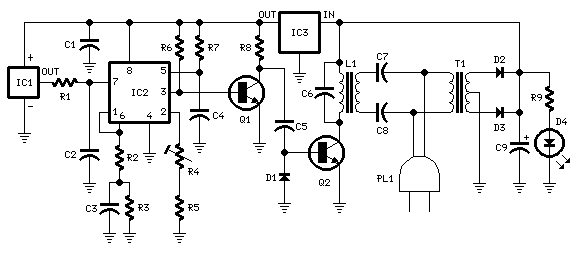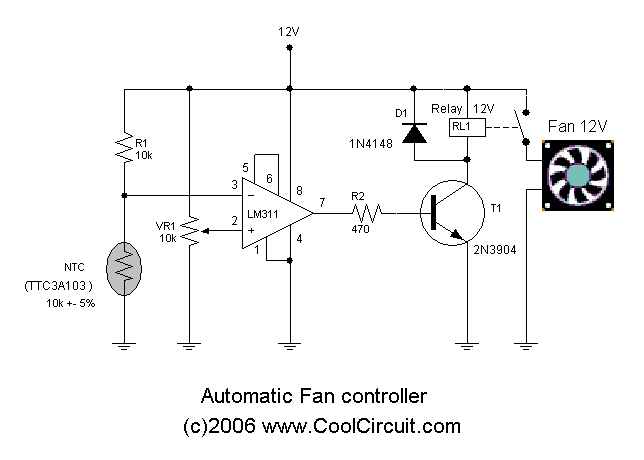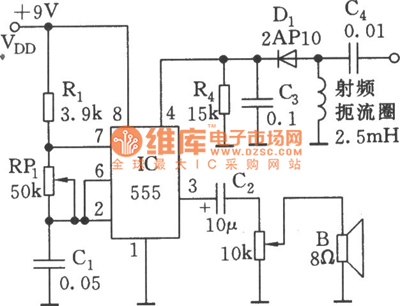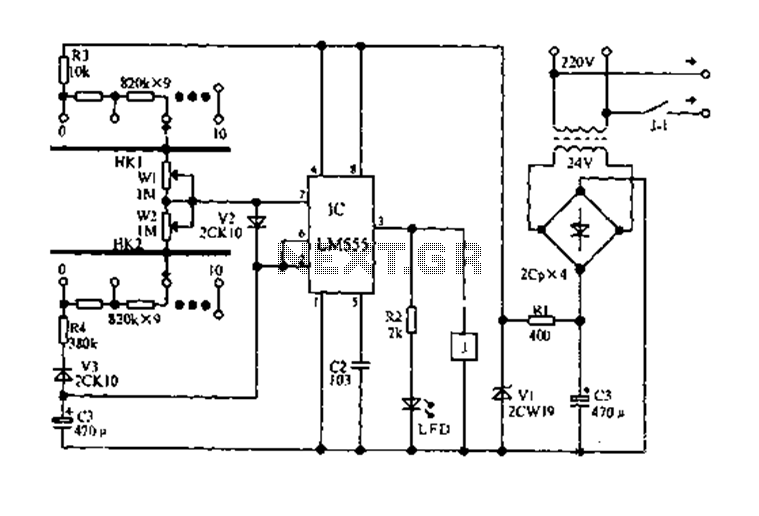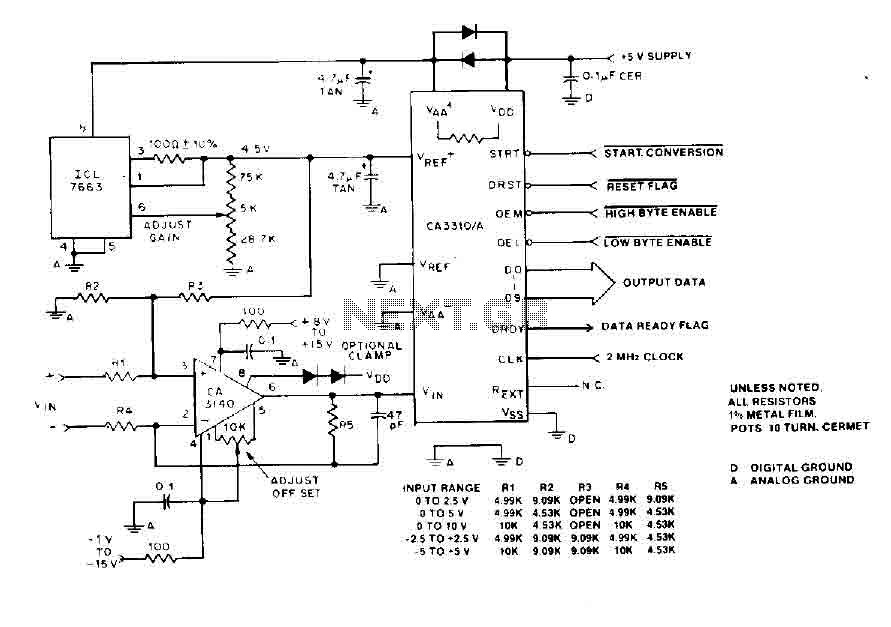
Menci alarm produced schematic circuit diagram

The alarm circuit operates as follows: When the power switch SW1 is turned on, the alarm system becomes active. If a magnet is brought close to the spring, the magnetic field attracts the spring, causing the dynamic and static switch segments to engage, putting the system in a warning state. When the magnet is removed, the spring loses its magnetic field and returns to its original position, which opens the static and dynamic contacts. This action triggers the police alarm. IC1 receives the alarm signal, and the timing resistor R1 generates an internal audio signal. This audio signal is then fed to VT1 for power amplification. The amplified audio signal is coupled through a boost inductor, converting it into a high-voltage audio signal to drive a buzzer, producing a loud alarm sound.
The alarm circuit is designed to detect the presence of a magnet and to signal an alert when the magnet is removed. The circuit begins with a power switch (SW1), which activates the entire system. Upon activation, the circuit enters a standby mode until a magnet is detected. The presence of the magnet influences a spring mechanism that connects dynamic and static switches, effectively closing the circuit and signaling a warning state.
When the magnet is removed, the spring mechanism reverts to its original position, which opens the circuit. This action sends a signal to the integrated circuit (IC1), which is responsible for processing the alarm signal. The timing resistor (R1) plays a crucial role in generating an audio signal within the circuit. This audio signal is then amplified by a transistor (VT1), ensuring that the output is strong enough to drive an alarm buzzer.
The use of a boost inductor is essential in this design, as it transforms the amplified audio signal into a high-voltage signal, which is necessary for operating the buzzer effectively. This results in a loud alarm sound that can alert individuals in the vicinity. Overall, the circuit is a straightforward yet effective design for an alarm system that leverages magnetic detection and audio amplification to provide an audible alert.The alarm circuit shown: alt="Menci alarm produced schematic circuit diagram"> Turn the power switch SW1, alarm electrical work. When the magnet is brought near the spring, the spring field magnet attracted to the magnet side, dynamic and static switch segment is turned on, the system is in warning status. When the magnet is removed after the spring loses magnetic field, back to the original position, then static and dynamic contacts open, starting the police, IC1 receives an alarm signal, the timing resistor R1, the internally generated audio signal, the signal output end, fed VT1, power amplification, the audio signal amplified by the boost inductor coupled into a high voltage audio signal to drive the buzzer loud alarm signal.
The alarm circuit is designed to detect the presence of a magnet and to signal an alert when the magnet is removed. The circuit begins with a power switch (SW1), which activates the entire system. Upon activation, the circuit enters a standby mode until a magnet is detected. The presence of the magnet influences a spring mechanism that connects dynamic and static switches, effectively closing the circuit and signaling a warning state.
When the magnet is removed, the spring mechanism reverts to its original position, which opens the circuit. This action sends a signal to the integrated circuit (IC1), which is responsible for processing the alarm signal. The timing resistor (R1) plays a crucial role in generating an audio signal within the circuit. This audio signal is then amplified by a transistor (VT1), ensuring that the output is strong enough to drive an alarm buzzer.
The use of a boost inductor is essential in this design, as it transforms the amplified audio signal into a high-voltage signal, which is necessary for operating the buzzer effectively. This results in a loud alarm sound that can alert individuals in the vicinity. Overall, the circuit is a straightforward yet effective design for an alarm system that leverages magnetic detection and audio amplification to provide an audible alert.The alarm circuit shown: alt="Menci alarm produced schematic circuit diagram"> Turn the power switch SW1, alarm electrical work. When the magnet is brought near the spring, the spring field magnet attracted to the magnet side, dynamic and static switch segment is turned on, the system is in warning status. When the magnet is removed after the spring loses magnetic field, back to the original position, then static and dynamic contacts open, starting the police, IC1 receives an alarm signal, the timing resistor R1, the internally generated audio signal, the signal output end, fed VT1, power amplification, the audio signal amplified by the boost inductor coupled into a high voltage audio signal to drive the buzzer loud alarm signal.

